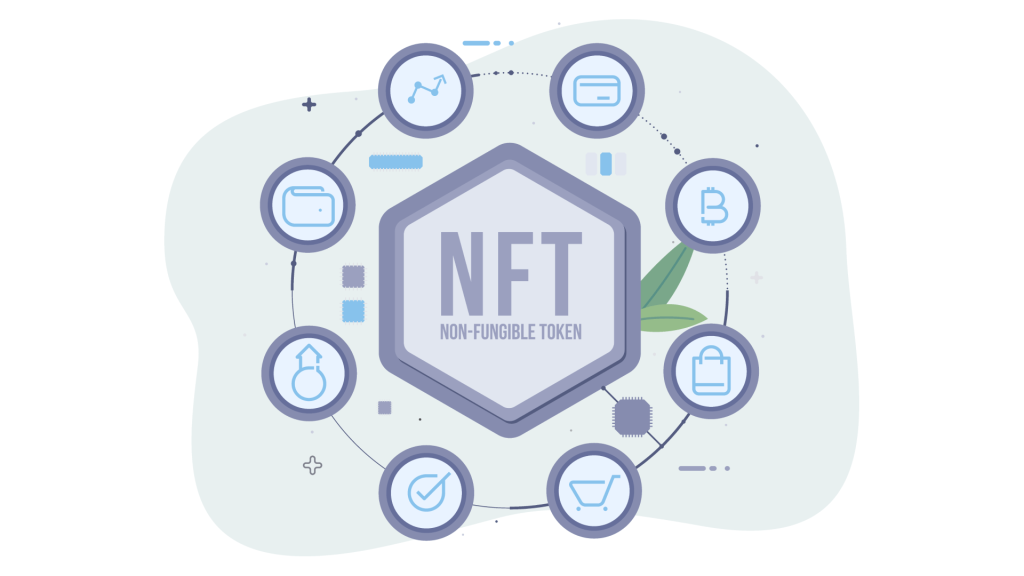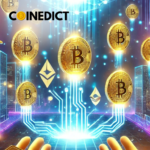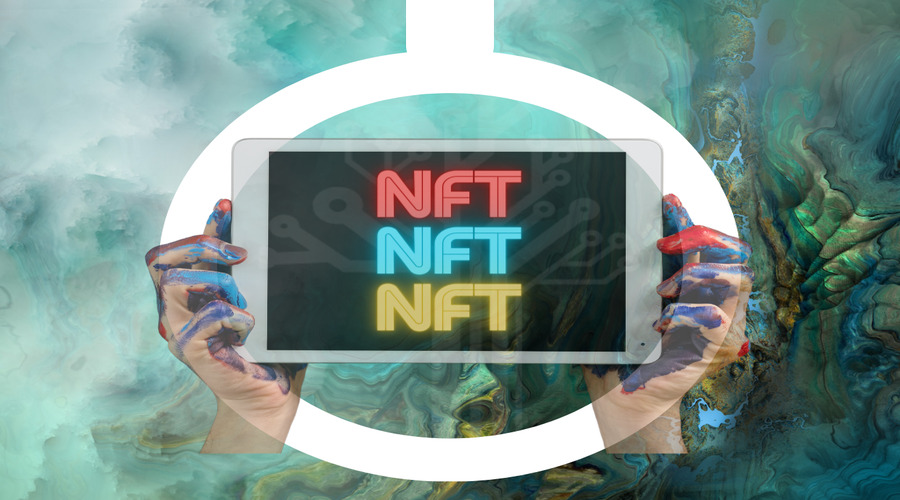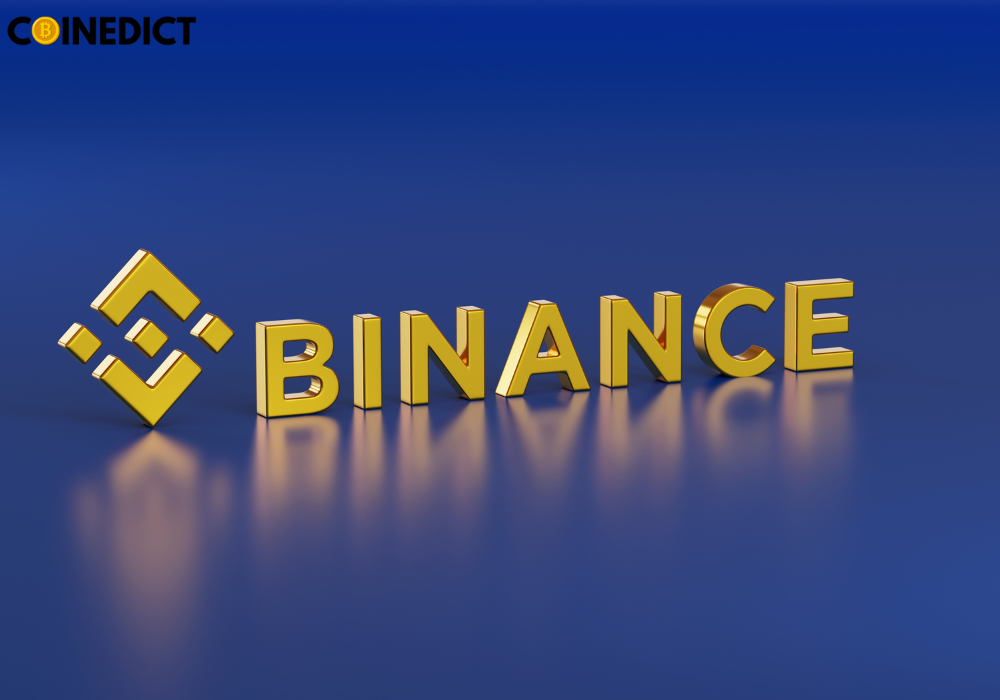Introduction
In recent years, non-fungible tokens (NFTs) have gained significant popularity, revolutionizing the digital art and collectibles market. As more creators and collectors join the NFT ecosystem, centralized platforms have emerged as convenient gateways to buy, sell, and trade NFTs. However, it is crucial to understand the potential risks associated with centralized NFT platforms to make informed decisions and protect one’s investments. This article explores the various risks and offers insights into mitigating them effectively.
Understanding Centralized NFT Platforms
Centralized NFT platforms are online marketplaces that act as intermediaries between creators and buyers. These platforms provide a user-friendly environment where artists can showcase and sell their digital assets, while collectors can browse and acquire NFTs with ease. Examples of centralized NFT platforms include OpenSea, Rarible, and SuperRare.
Benefits of Centralized NFT Platforms

Before delving into the risks, it’s important to acknowledge the advantages centralized NFT platforms offer:
- Enhanced User Experience: Centralized platforms often provide intuitive interfaces, making it easier for both creators and buyers to navigate and engage with the platform’s functionalities.
- Simplified Transaction Process: These platforms typically streamline the process of buying, selling, and trading NFTs, reducing friction and improving accessibility for users.
- Robust Security Measures: Established centralized platforms prioritize security and employ various measures to safeguard user accounts and transactions, providing a sense of trust and reliability.
Risks Associated with Centralized NFT Platforms
Despite the benefits, centralized NFT platforms come with inherent risks that users should be aware of. Here are some significant risks to consider:
1. Single Point of Failure
Centralized platforms rely on a centralized infrastructure, making them susceptible to single points of failure. Technical glitches, server outages, or even a security breach on the platform can potentially disrupt operations, resulting in loss of access or even permanent loss of NFTs.
2. Lack of Transparency
Centralized platforms often lack transparency regarding the underlying processes of minting, listing, and verifying NFTs. This opacity can raise concerns about the authenticity and provenance of the assets being traded.
3. Security Vulnerabilities
While centralized platforms implement security measures, they can still be vulnerable to hacking attempts. A successful breach could lead to unauthorized access to user accounts, resulting in the loss or theft of valuable NFTs and personal information.
4. Ownership and Control
When using centralized NFT platforms, users must entrust their assets to the platform’s custody. This centralized control raises concerns about ownership rights and the potential for platform-related policies or decisions impacting the value or accessibility of NFTs.
5. Potential for Manipulation
Centralized platforms have the authority to modify or censor content, including NFTs. Thiscentralized power introduces the risk of arbitrary decisions that may adversely affect artists or collectors, such as delisting or restrictions on certain types of NFTs.
6. Lack of Privacy
When using centralized platforms, users often have to provide personal information, such as email addresses or payment details. This data can be vulnerable to privacy breaches or misuse, potentially exposing users to identity theft or unwanted solicitations.
7.Scalability Challenges
As the popularity of NFTs continues to grow, centralized platforms face scalability challenges. High transaction volumes can lead to congestion and slower processing times, affecting the overall user experience.
8.Regulatory and Legal Uncertainty
The regulatory landscape surrounding NFTs is still evolving, with potential implications for centralized platforms. Changes in regulations or legal interpretations can create uncertainties for both platform operators and users, affecting the availability and accessibility of NFTs.
Mitigating Risks and Best Practices
To navigate the risks associated with centralized NFT platforms effectively, users can adopt the following best practices:
- Diversifying NFT Holdings: Spreading investments across multiple platforms reduces the impact of a single platform’s failure or breach, ensuring that losses are minimized.
- Verifying Platform Security: Before engaging with a centralized platform, conduct thorough research to assess its security practices and history of past incidents. Look for platforms that prioritize user security and have a strong track record.
- Conducting Due Diligence: Before purchasing an NFT, conduct due diligence on the creator, verifying their reputation and track record. Additionally, verify the authenticity and uniqueness of the NFT itself, if possible.
- Understanding Platform Terms and Conditions: Read and understand the terms and conditions of the platform, including any clauses related to ownership, fees, and dispute resolution. Being aware of the platform’s policies helps users make informed decisions.
Decentralized Alternatives to Centralized NFT Platforms
In response to the risks associated with centralized platforms, decentralized NFT marketplaces have emerged. These platforms leverage blockchain technology to create trustless environments, mitigating many of the risks highlighted earlier. Decentralized platforms such as Mintable, Foundation, and Zora offer increased transparency, ownership control, and censorship resistance.
NFT Platform Governance
The governance structure of centralized platforms can impact decision-making and user involvement. Some platforms have introduced token-based governance models, allowing users to participate in platform-related decisions. However, the effectiveness and inclusivity of these governance mechanisms vary, and users should understand their influence on the platform’s operations.
Market Manipulation and Speculative Behavior
Due to the relatively nascent nature of the NFT market, it is susceptible to speculative behavior and market manipulation. Centralized platforms can be vulnerable to practices such as pump and dump schemes or insider trading, which can impact the value and reputation of NFTs.
Intellectual Property Concerns
Centralized platforms may face challenges regarding intellectual property rights. Ensuring that creators’ rights are respected and protected, as well as addressing potential copyright infringement issues, is crucial for maintaining a healthy and sustainable NFT ecosystem.
Environmental Impact
The environmental impact of NFTs has gained attention due to the energy consumption associated with blockchain technology, particularly in the case of Proof-of-Work (PoW) blockchains. Some centralized platforms operate on energy-intensive PoW blockchains, contributing to carbon emissions. Users concerned about the environmental footprint of their NFT activities may consider platforms that utilize more energy-efficient consensus mechanisms.
Future Evolution of Centralized Platforms
As the NFT space continues to evolve, centralized platforms are also adapting and innovating. It is essential for users to stay informed about platform updates, new features, and changes in policies to ensure they align with their objectives and preferences.
User Support and Customer Service
Centralized NFT platforms typically offer user support and customer service to address user inquiries, technical issues, or disputes. Prompt and efficient support can enhance the overall user experience and provide a sense of reliability. However, the quality and responsiveness of user support can vary among different platforms, so it’s important to consider this aspect when choosing a centralized NFT platform.
Fees and Costs
Using centralized NFT platforms often incurs fees and costs. These fees can include transaction fees, listing fees, or commission fees charged by the platform for facilitating the buying, selling, or trading of NFTs. Understanding the fee structure of a platform and comparing it with other options can help users make informed decisions and optimize their investment returns.
Platform Reputation and Community
The reputation and community surrounding a centralized NFT platform can significantly impact user experience. Platforms with a positive reputation, active community engagement, and a track record of successful transactions instill trust and confidence in users. Checking reviews, user testimonials, and engaging with the platform’s community can provide insights into the platform’s overall reputation and user satisfaction.
Integration with External Services
Some centralized NFT platforms offer integrations with external services, providing additional functionality and opportunities for users. These integrations can include partnerships with payment processors, collaborations with other NFT platforms, or connections to digital wallets. Exploring the integrations available on a centralized platform can help users maximize their NFT experience and explore new possibilities.
Social and Networking Features
Centralized platforms often offer social and networking features that enable users to connect with other creators, collectors, or enthusiasts within the platform’s ecosystem. These features can include chat forums, user profiles, or the ability to follow and interact with other users. Leveraging these social and networking features can enhance the sense of community and facilitate knowledge sharing and collaboration.
Platform Accessibility and User Interface
The accessibility and user interface of a centralized NFT platform play a vital role in user engagement. Intuitive and user-friendly interfaces make it easier for both newcomers and experienced users to navigate the platform, discover NFTs, and execute transactions. Platforms that prioritize accessibility by supporting multiple devices or accommodating users with disabilities can broaden their user base and promote inclusivity.
Platform-Specific Offerings and Unique Features
Different centralized NFT platforms may offer unique features or specific offerings that differentiate them from others in the market. These can include curated collections, exclusive collaborations, special events or auctions, or innovative functionalities. Exploring the platform-specific offerings and understanding their value proposition can help users find platforms that align with their specific interests or preferences.
Platform Roadmap and Future Development
A centralized NFT platform’s roadmap and future development plans provide insights into its vision and commitment to continuous improvement. Platforms that actively communicate their roadmap, upcoming features, or technological advancements demonstrate transparency and engagement with their user base. Considering the platform’s future development can help users anticipate potential enhancements and gauge the platform’s long-term viability.
Conclusion
While centralized NFT platforms offer convenience and a user-friendly experience, it’s crucial to understand the risks involved. By diversifying investments, verifying platform security, conducting due diligence, and exploring decentralized alternatives, users can minimize the potential negative impacts associated with centralized platforms and protect their NFT investments.











